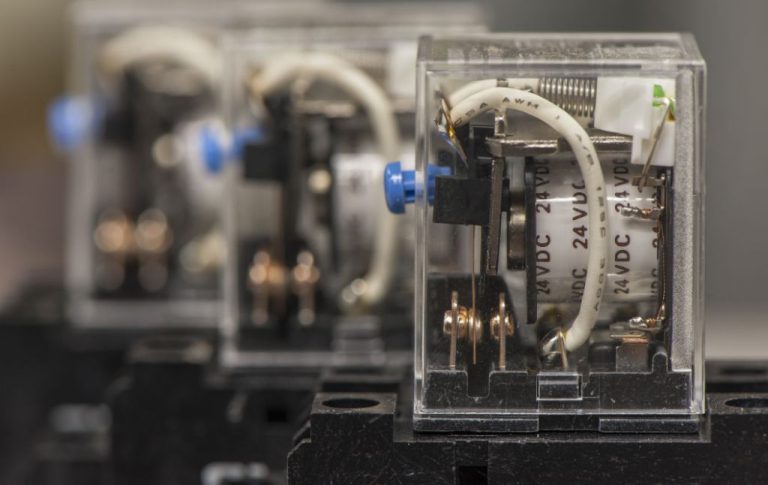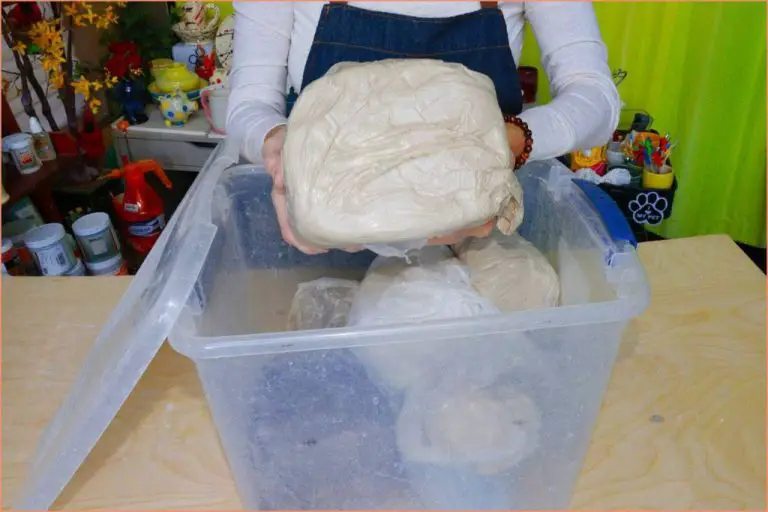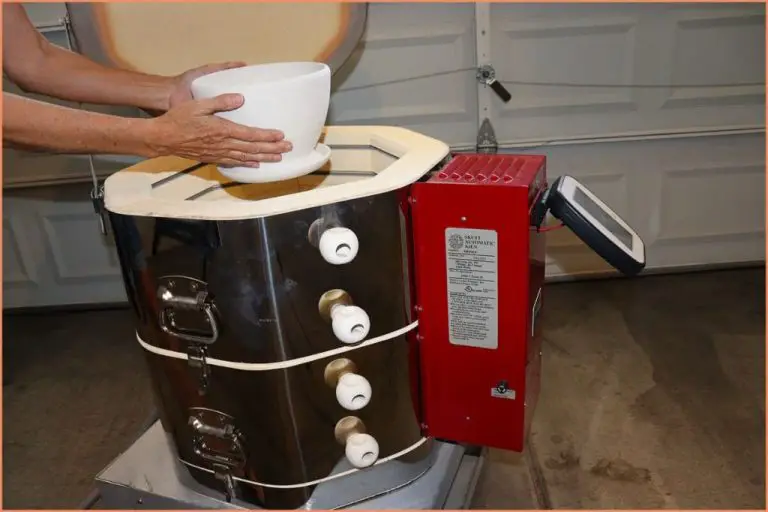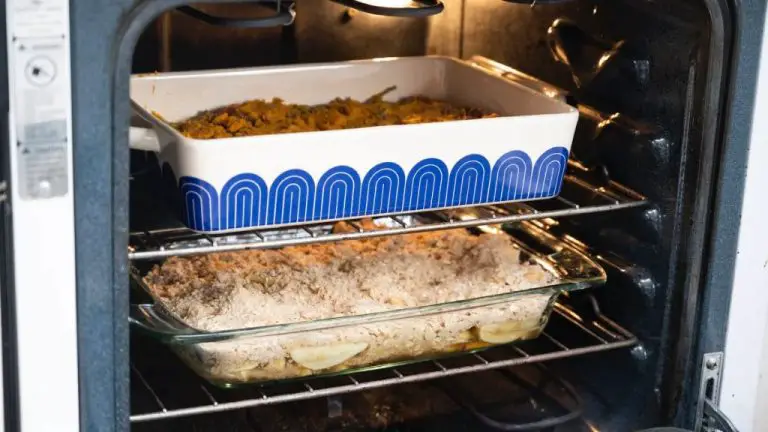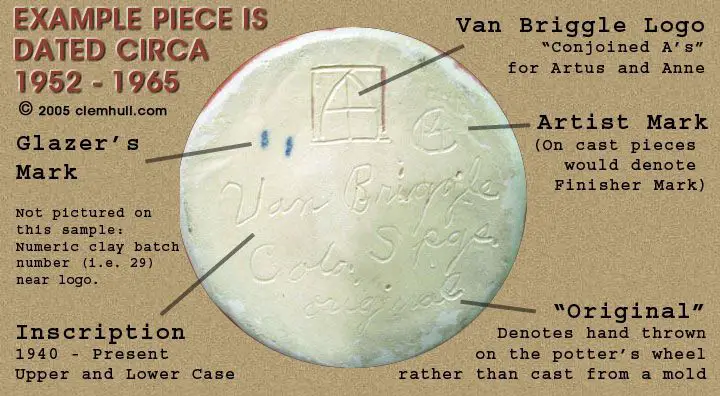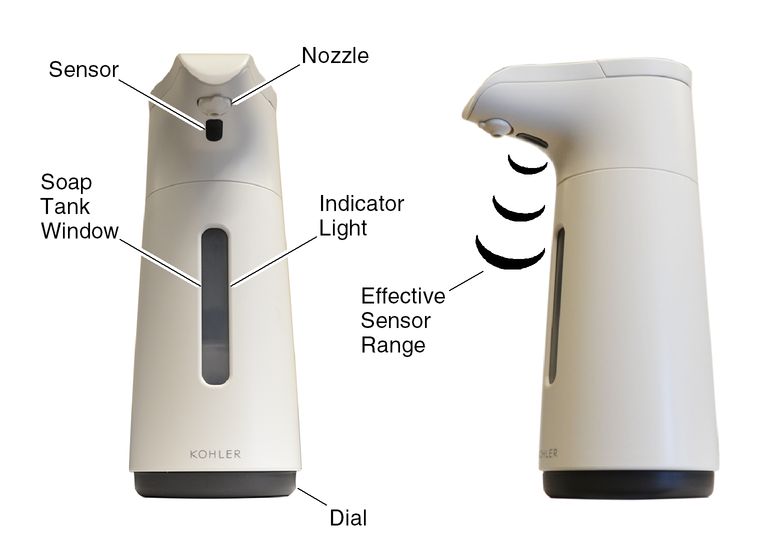What Is A Clay Incense Burner?
What Are Clay Incense Burners?
Clay incense burners are containers made of clay that are used for burning incense. They come in a variety of shapes and sizes and are an important part of incense traditions around the world.
Incense burning has a long history tracing back thousands of years to ancient cultures in Asia and the Middle East. Burning incense was an important part of religious and spiritual practices. Early incense burners were simple clay pots or bowls filled with ash or sand to hold the burning incense.
Over time, clay incense burners evolved into elaborate works of art glazed in bright colors and crafted into intricate shapes and designs. They became both functional tools for burning incense as well as beautiful decorative objects.
Clay is the traditional material used to create incense burners throughout history. Clay is an ideal material because it can withstand the heat of burning incense without cracking. It also absorbs moisture, which helps regulate the burn rate of the incense.
Most clay incense burners are made from earthenware or stoneware clays which are fired at high temperatures to harden them. They may be glazed with a glass-like coating for decorative purposes and to make them nonporous. Unglazed terra cotta clay is also sometimes used for a more rustic, natural look.
Today, clay incense burners continue to be popular for their aesthetic qualities as well as their functionality. They are crafted by artisans worldwide and used for incense ceremonies, aromatherapy, and home decor.
Types of Clay Incense Burners
Clay incense burners come in a variety of styles and designs. Some of the most popular types include:
Backflow Burners
Backflow burners have a hollow structure inside that allows smoke to cascade down the sides of the incense burner once it reaches the top. This creates a unique waterfall effect as the incense smoke billows out. Backflow burners are visually striking and come in many shapes like pagodas, temples, and more.
Potpourri Burners
Potpourri burners are designed to hold potpourri, dried flowers and herbs inside to allow the aroma to diffuse when heated by a tea light or candle underneath. The perforations allow the fragrance to escape. Potpourri burners often have elaborate decorative designs.
Electric Burners
Electric burners use a heating element to warm up a plate or bowl to burn standard cone or stick incense. This eliminates the need for an open flame. Electric burners offer a flameless, convenient option to use incense indoors.
Candle Warmer Burners
Candle warmer burners sit atop a ceramic or glass dish designed to hold a tea light or votive candle. The candle gently heats the burner to gradually release the aroma of incense sticks, cones or resins placed inside the burner. This style protects the incense from having direct contact with a flame.
Popular Styles and Designs
Clay incense burners come in a variety of beautiful and intricate styles and designs, often reflecting the cultural traditions where they originate. Some of the most popular styles include:
Japanese
Japanese incense burners frequently feature minimalist shapes and natural elements like bamboo, leaves, waves, mountains or trees. Popular shapes include cubes, spheres, cones, spikes, and curved forms. Japanese burners often have a restrained elegance and may be glazed in earthy tones.
Chinese
Chinese burners showcase more ornate decorative styles, with elaborate carvings of dragons, phoenixes, flowers, spiritual symbols, and Chinese characters depicting good fortune or tranquility. Many feature perforated or pierced patterns, allowing incense smoke to waft through. Bright colors like red, gold, and imperial yellow are common.
Indian
Indian burners reflect the country’s rich cultural heritage, with intricate patterns and motifs like blooming lotus flowers, elephants, peacocks, paisley designs, and images of Hindu gods. Many feature circular perforations to allow smoke to drift out. Terracotta, bronze and brass are popular materials.
Arabic
Burners from the Middle East often have geometric and arabesque patterns, calligraphy, arched windows, and repeating shapes like stars, hexagons and octagons. Ornate metalwork and inlaid stones are also seen. Oud is a popular incense for these burners, complementing coffee and conversation.
How to Use a Clay Incense Burner
Using a clay incense burner properly is important for safety as well as getting the most out of your incense. Here are some tips on using incense burners correctly:
Lighting Incense
Always light incense with a long match or stick lighter. Hold the flame to the tip of the incense stick until it ignites and starts to smolder. Be careful not to get burned when lighting multiple sticks. Never light incense directly in the burner as this can damage the clay.
Allow Airflow
Make sure to leave space around the incense burner so air can circulate. Incense needs airflow to fully release its aroma. Position the burner near an open window, on a shelf or table away from walls, or hang it to allow air around the whole piece.
Safety Precautions
Never leave burning incense unattended. Keep incense away from flammable materials like curtains or upholstery. Make sure the stick is fully extinguished before leaving the room or going to sleep. The ashes can stay hot afterward so give them time to fully cool before emptying the burner.
Use a burner made from high-fire clay so it can withstand heat. Place it on a heat-safe surface and don’t overload it with too many sticks at once. Follow any safety guidelines that come with the burner and incense.
Incense Types for Clay Burners
Clay incense burners can accommodate a variety of incense types. Some of the most common incense varieties used in clay burners include:
Stick Incense
Stick incense is probably the most popular type used in clay burners. Stick incense comes in a variety of fragrances like sandalwood, vanilla, jasmine, rose, and more. It’s important to make sure the burner has a notch or hole to hold the stick incense in place while burning.
Cone Incense
Cone incense comes in small cone shapes and sits directly on the burner. As it burns, the cone incense will self-contain the ash. Cone incense is available in many natural fragrances like lemon, frankincense, myrrh, cinnamon, etc.
Coil Incense
Coil incense looks like a little spiral coil that slowly burns over time. Coil incense comes in lots of scents like patchouli, vanilla, sandalwood, jasmine and releases fragrance steadily as it burns.
Resin Incense
Resin incense is made from natural plant resins, essential oils and herbs. Small pieces of resin are placed directly on top of a hot coal in the burner. Resin incense has a bold aroma and is available in scents like frankincense, myrrh, benzoin, copal, dragon’s blood, etc.
Dhoop Incense
Dhoop incense is native to India. It comes in a thick paste form that you form into sticks or cones. Dhoop incense offers rich, exotic fragrances like Chandan, agar, nag champa, etc. When burning dhoop in a clay burner, it’s best to use a liner to catch any drippings.
Cleaning and Maintenance
Keeping your clay incense burner clean is important for both visual appeal and safety. Here are some tips for cleaning and maintaining a clay incense burner:
Removing Soot Buildup – Incense burning will leave behind carbon residue or soot on the burner and holder. Use a soft cloth or paper towel dampened with warm water to gently wipe away any soot buildup after each use. For stubborn areas, try using baking soda or vinegar as a gentle abrasive. Avoid any harsh chemical cleaners.
Preventing Cracks – Sudden temperature changes can cause cracks in clay. Allow your burner to cool completely before cleaning. Avoid submerging a hot burner in water. Be gentle when handling to prevent chips or cracks.
Keeping Clay Surface Clean – Dust clay incense burners regularly with a soft, dry cloth to prevent dust buildup. For set-in stains, use a barely damp cloth with mild soap and avoid excessive scrubbing. Immediately dry any moisture.
Removing Odors – Clay is porous and can absorb scents from incense over time. To refresh, set the burner outside in fresh air and sunlight periodically. For odors, wipe with diluted vinegar and allow to air dry.
Storing Safely – When not in use, store clay incense burners in a dry location away from temperature extremes. Wrap in cloth or use a fitted box to prevent dust buildup and chipping.
Decorating with Incense Burners
Clay incense burners can make for beautiful decorative accents in any room. With their intricate designs and glazes, incense burners are like little works of art. Here are some tips for displaying incense burners:
Use them as focal points on shelves, mantels, side tables, or anywhere you want to draw attention. The colors and patterns will stand out. Place a burner on an empty wall shelf or bookshelf to add visual interest.
Incorporate into vignettes or tablescapes. Create little vignettes on side tables, dressers or dining tables by adding a burner with candles, flowers, and other decor items. The burner will complement and tie everything together.
Follow feng shui principles. In feng shui, incense and their wispy aromatic smoke are believed to encourage positive chi or energy flow. Place burners near entryways or windows to promote incoming good energy.
Match styles and colors. Pick burners with colors, glazes, and designs that coordinate with your overall decor. For a cohesive look, display multiple burners together.
Rotate seasonal decor. Change out your burner displays by season or holiday. Use cool blues and greens in summer or warm reds and golds in winter.
Let burners inspire you. Displaying incense burners around your home may inspire you to use them more often and enjoy their benefits.
Buying Considerations
When shopping for a clay incense burner, there are a few things to consider:
Where to Buy
Clay incense burners can be purchased from a variety of sources:
- Artisan potters and ceramic artists often sell handmade burners through their own websites or at craft fairs and markets.
- Import stores and boutiques specializing in home decor from various cultures frequently carry unique imported burners.
- New age, metaphysical, and aromatherapy shops sell a variety of styles.
- Major online retailers have a wide selection of burners at various price points.
- Thrift stores and flea markets sometimes have vintage or antique burners at discounted prices.
Quality
Look for a well-crafted burner made from high quality clay that is sturdy and balanced. Check that any decorative cutouts or perforations are cleanly done. Glazes and finishes should be smooth and consistent. The burner should sit flat and not wobble.
Pricing
Expect to pay $10-$50 for a simple clay burner from a major retailer. Handcrafted, decorative, or imported styles can range from $50-$300+. Vintage and antique burners vary greatly in price depending on age, origin, and condition.
Making Your Own Clay Burner
Making your own clay incense burner is a fun DIY project that allows you to create a completely unique piece. With some clay, tools, and a kiln, you can design an incense burner in any shape and style you like.
Gather Your Supplies
First, you’ll need to gather the right supplies:
- Clay – Polymer clay or natural clays like stoneware or earthenware work best.
- Clay tools – You’ll need a variety of sculpting tools like loop tools, needle tools, rib tools, etc.
- Glazes or underglazes – These are used to decorate the incense burner before firing.
- Kiln – You’ll need access to a kiln to properly fire your clay creation.
Sculpt the Basic Shape
Once you have your supplies, sculpt the basic shape you want for your incense burner. Consider rounded or square shapes. Add ridges, patterns, or designs as desired. Cut out the area where the incense will sit. Allow the clay to firm up a bit before continuing.
Refine and Decorate
Use your clay tools to refine the shape and smooth out the clay. Decorate the incense burner by adding textures, carved patterns, or applying glazes/underglazes. Allow glazes to dry before firing.
Fire in a Kiln
Follow your kiln instructions to properly fire your incense burner. Firing temperatures vary based on the clay type. Allow several hours for firing and cooling. Once fired, your custom incense burner is ready to use!
Safety Tips
When enjoying incense, it’s important to keep some safety tips in mind:
Make sure there is proper ventilation in the room when burning incense. Incense smoke can be irritating, so having open windows or running a fan is recommended.
Never leave burning incense unattended. Stay in the same room to supervise it and make sure nothing catches fire. Keep incense burners on a stable, heat resistant surface.
Take precautions against accidental fires. Keep incense away from flammable materials like curtains, books, or furniture. Have a bowl of sand or water nearby to fully extinguish ashes.
Be very careful burning incense around children and pets. Incense burners can tip and spill, and smoke and ashes can be hazardous if consumed. Children should not handle lit incense.
Avoid burning incense when sleepy or intoxicated. It’s easy for accidents to happen if you are not alert and attentive.
Never burn incense in enclosed spaces with poor ventilation, like vehicles or small rooms. The smoke can be overwhelming.
Stop burning incense if it causes respiratory irritation, headaches, or dizziness. Certain incense ingredients may aggravate some individuals.
In general, use caution and common sense for a safe, enjoyable incense experience.

